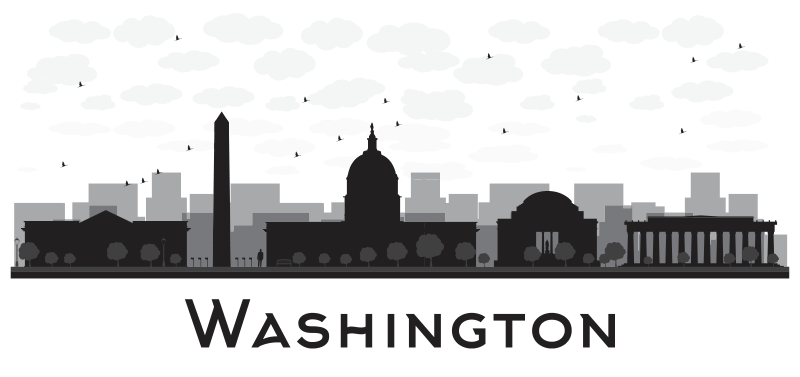Performance-based. Data-driven. Standards-based. No excuses. Value-added. Every child can learn. No Child Left Behind. With the century still in its infancy, epigrammatic slogans abound, and the reform impulses behind them are commendable. But their implementation is as uneven and uncertain as our understanding of the slogans themselves. As the increasing criticism of NCLB reveals, these slogans are all things to all people, both for those who support NCLB and those who critique it. To paraphrase Dickens, it is the best of times; it is the worst of times.
Of one thing we may be sure: We are on the cusp of change. Information technology (IT) and performance measures transform everything they touch, from medicine to law, from banking to retail sales, from communications to entertainment. Schooling will not be an exception. Just as IT provides instantaneous information exchange and unparalleled analytic power, performance-based education provides a new and powerful metric for schooling. Indeed, the two ideas give new meaning to the enduring American dream of education for all.
The transition to performance-based education is likely to be jarring, however. For the past 150 years, U.S. schools, both public and private, have been based on a factory model, measured according to inputs rather than outputs. Students lucky or clever enough to graduate were presumed to be those who demonstrated hard work, pluck, or talent. Those who didn't graduate were presumed to be dull or lazy. The school was thought to act as a neutral filter, passing those with talent and discarding those who lacked it.
But times are changing. The factory model will give way, school-by-school, to performance-based institutions. Even though schools are fundamentally conservative institutions and slow to change, when momentum builds, they change with a vengeance.
Consider higher education. Thirty years ago, the typical undergraduate was a white male in his late teens living on campus, earning an A.B. or B.S. in four years. Today, a typical student in higher education is a 31-year-old woman, working part-time and commuting to school to take courses catch-as-catch-can. Why? To improve her place in the labor queue. If so venerable an institution as the U.S. college can change so dramatically, can elementary and secondary education be far behind?
It cannot, for reasons of social and economic necessity. In the first instance, neither society nor the individual can afford to be left behind. The cost is simply too high. The spread in income between high school dropouts and college graduates is growing rapidly. As former Harvard University President Derek Bok was fond of saying, if you think education is expensive, try ignorance. Equally important is the knowledge base represented by an educated citizenry; a high-tech global economy won't work without well-educated consumers and producers. And most important of all, in a world still reeling from Sept. 11, 2001, an educated populace is essential to our long-term political and cultural well-being.
The imperative is clear: Schools must become performance-based institutions. The contours of the new institution we call school are still unclear; we can only dimly discern what schools will do differently.
We know that there is no single silver bullet, but we also know that there are curricular and instructional regimes that work. For example, in a thoughtful piece in the February 2004 issue of Educational Leadership—“A Vision for Mathematics”—TIMSS expert William H. Schmidt powerfully makes the point. What do countries whose students excel in math have in common? They offer a curriculum that is “common, coherent, and challenging.” Indeed, the issue is one of simple equity: Every student should have an adequate opportunity to experience such a curriculum; without it, all but the lucky few are lost. Such a curriculum does not mean identical textbooks and instructional activities, but, as Schmidt points out, identical content expectations.
What is true for mathematics also carries over to the rest of the curriculum. Our overarching task is to determine what students should know and be able to do as a condition of earning a diploma and to then backward map to a common, coherent, and challenging curriculum. Not surprisingly, modern IT makes this task more manageable and more effective, providing online access to standards, curriculum, and lesson plans as well as embedded assessments that instantaneously supply performance information when and where it's needed.
Provide students with a demanding curriculum, hold them to high performance standards, and give them time to master those standards. This is a model that elementary and secondary schools can take to heart.



